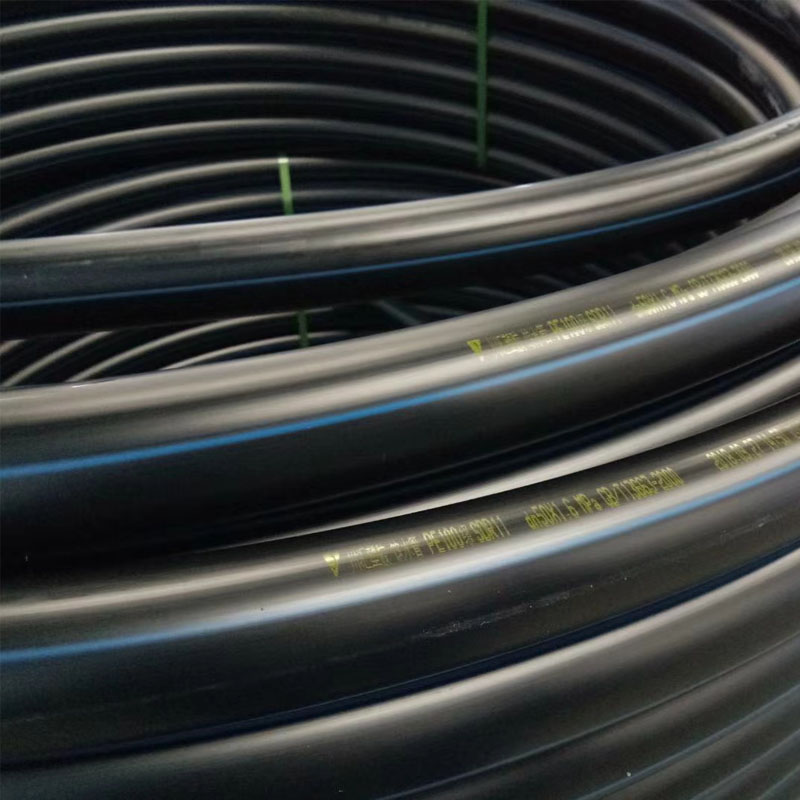Jul . 28, 2024 19:29 Back to list
Exploring the Production Processes of HDPE Coupling Fittings in Modern Factories Worldwide
The Role of HDPE Coupling Fittings in Modern Manufacturing
High-Density Polyethylene (HDPE) is a versatile and highly durable plastic widely used across various industries for pipes, fittings, and other structural components. Among these applications, HDPE coupling fittings play a critical role in joining pipes and ensuring the integrity of fluid transportation systems. The manufacturing of these fittings involves sophisticated processes and an understanding of material sciences to meet the growing demands of various sectors.
Understanding HDPE
HDPE is known for its robustness and resistance to environmental stressors, making it an ideal choice for water, gas, and drainage systems. As a thermoplastic, it can be molded into different shapes and sizes, allowing for the production of various fittings tailored to specific needs. HDPE's resilience against corrosion, chemicals, and UV radiation only adds to its appeal, leading to its widespread use in industries such as construction, agriculture, and municipal services.
The Importance of Coupling Fittings
Coupling fittings are essential components in piping systems, allowing two pipes to connect securely and efficiently. They are vital for ensuring seamless fluid flow and can withstand high pressures and temperatures, making them suitable for a broad range of applications. The design and engineering of HDPE coupling fittings must consider factors like ease of installation, compatibility with existing systems, and the long-term durability of the connection.
Manufacturing Processes
hdpe coupling fittings factories

The manufacturing of HDPE coupling fittings involves several key processes. These include material selection, extrusion, molding, and quality control. First, high-quality HDPE resin is selected to ensure the final product meets industry standards. The resin is then processed through an extrusion technique to create semi-finished shapes. Following this, injection molding can be used to create the desired fittings, ensuring precision and uniformity in dimensions.
After production, rigorous quality control measures are taken to test the fittings against industry standards. This includes pressure testing, stress testing, and checking for defects such as cracks or inconsistencies in the material. Manufacturers often adhere to international standards set by organizations like ASTM and ISO to guarantee that their products can compete globally and ensure safety in applications.
Market Demand and Industry Growth
The demand for HDPE coupling fittings is spurred by various factors, including the increasing need for efficient water management systems, the expansion of sewer infrastructure, and the rising activities in the construction industry. As urbanization continues to grow, municipalities are investing in modernizing their pipeline systems, where HDPE fittings offer long-lasting solutions.
Moreover, advancements in manufacturing technology have allowed factories to produce higher volumes of fittings at a lower cost, making them more accessible to end-users. Innovations such as automation and robotics in manufacturing processes have improved precision and reduced production times, further driving down costs while enhancing product quality.
Conclusion
HDPE coupling fittings serve as a cornerstone in fluid transportation systems, connecting pipes and ensuring the efficiency and safety of various applications. As the market for HDPE products continues to expand, manufacturers are focusing on innovative techniques and quality assurance processes to meet the increasing demands. The future of HDPE coupling fittings looks promising, with ongoing advancements in materials and technologies poised to enhance their performance and usability across multiple industries. With their remarkable durability and adaptability, HDPE coupling fittings will undoubtedly remain integral to modern manufacturing and infrastructure development.
-
High-Quality PVC Borehole Pipes Durable & Versatile Pipe Solutions
NewsJul.08,2025
-
High-Quality PVC Perforated Pipes for Efficient Drainage Leading Manufacturers & Factories
NewsJul.08,2025
-
High-Quality PVC Borehole Pipes Durable Pipe Solutions by Leading Manufacturer
NewsJul.08,2025
-
High-Quality PVC Borehole Pipes Reliable PVC Pipe Manufacturer Solutions
NewsJul.07,2025
-
High-Quality UPVC Drain Pipes Durable HDPE & Drain Pipe Solutions
NewsJul.07,2025
-
High-Quality Conduit Pipes & HDPE Conduit Fittings Manufacturer Reliable Factory Supply
NewsJul.06,2025

